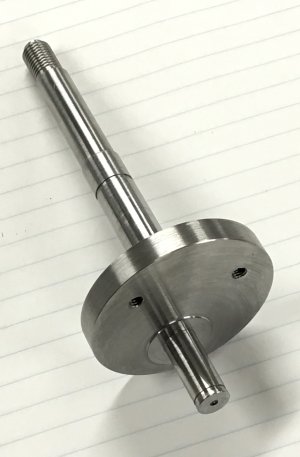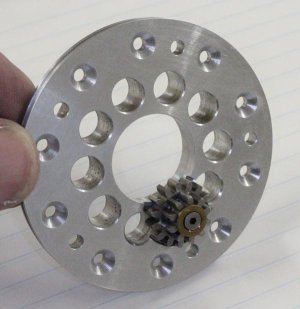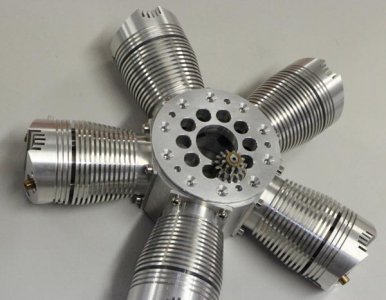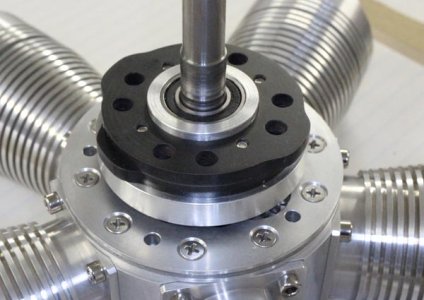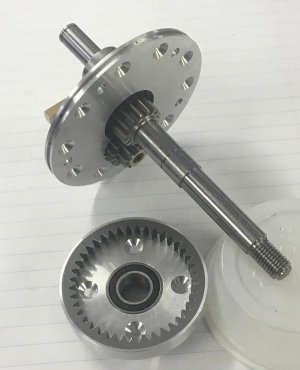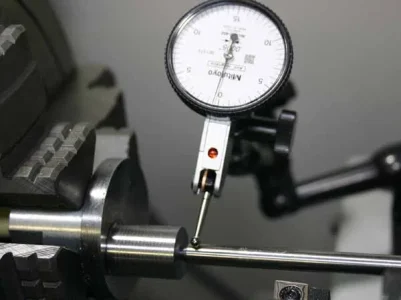I've tried the double chuck method but found it too slow, and hard to get high torque on the inside jaw. I'll stick to the single chuck key.
If your part is out of round just get as close to average as possible. It will be round after a few cuts ,of course not compared to the end in the chuck, but who cares. You can always flip it around and re indicate it
If your part is out of round just get as close to average as possible. It will be round after a few cuts ,of course not compared to the end in the chuck, but who cares. You can always flip it around and re indicate it

